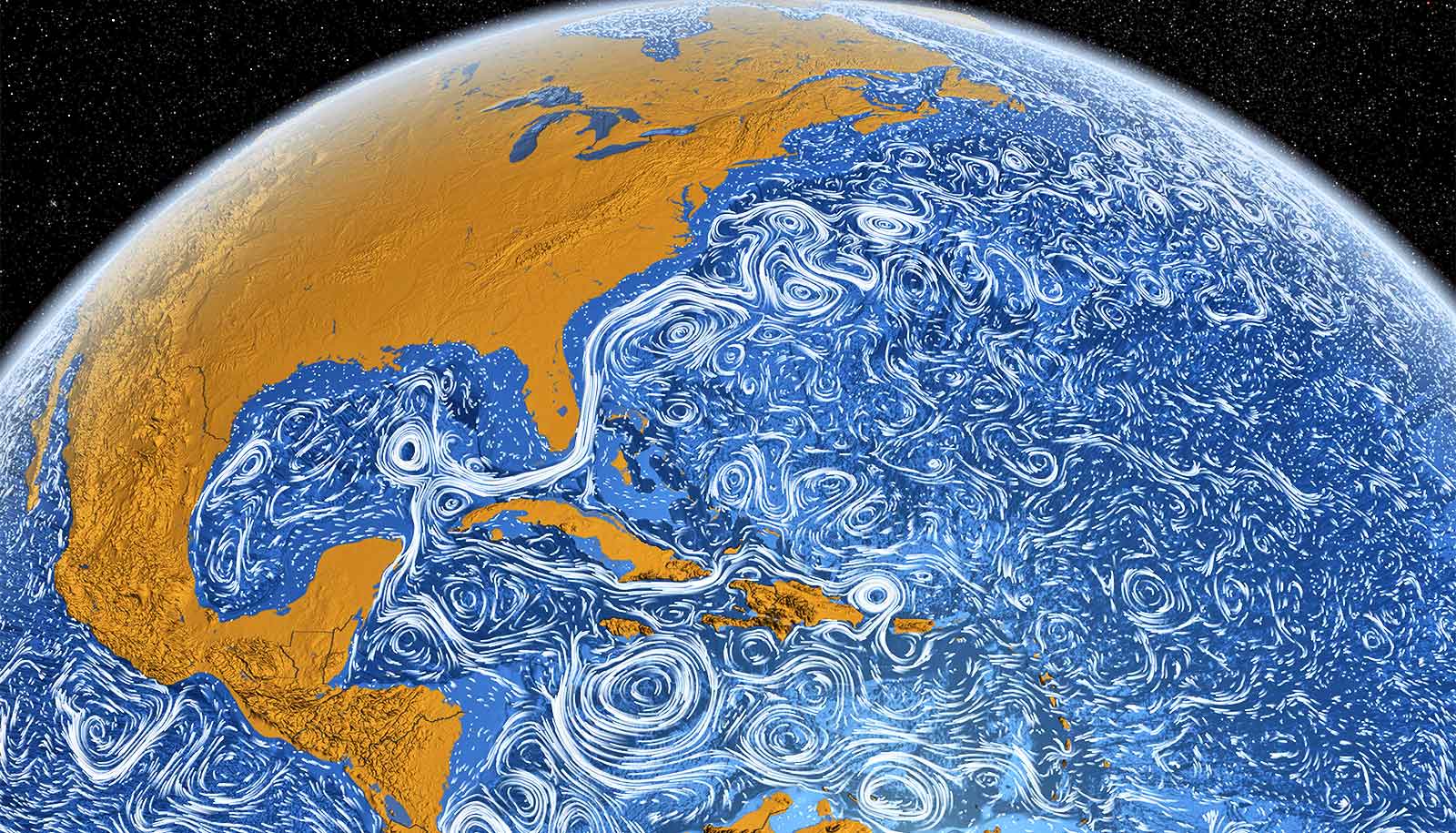In the 19th century, the “rain follows the plow” myth was a justification for settling the Great Plains. The cultivation of semi-arid to arid land was said to increase rainfall by moistening the soil and humidifying the atmosphere.
Subsequent research debunked this myth, though large discrepancies still existed between model representations and actual observations.
The research finds that morning soil moisture can affect afternoon rain accumulations over the Southern Great Plains during the warm season.
“In addition to, and partly motivated by, the ‘rain follows the plow’ myth, many scientific papers have been published with conflicting results: wet soil would increase, decrease, or not change precipitation in different papers. Our goal was to resolve this controversy,” says Xubin Zeng, chair in environment and director of the University of Arizona Climate Dynamics and Hydrometeorology Center and Land-Atmosphere-Ocean Interaction Group.
Josh Welty, a doctoral student in the department of hydrology and atmospheric sciences, and Zeng based their research on open-source data gathered at the US Department of Energy’s Southern Great Plains (SGP) atmospheric observatory in northern Oklahoma and southern Kansas. Using data from the warm season—June to September—from 2002 to 2011, they examined the relationship between morning soil moisture and afternoon rainfall accumulations over the Southern Great Plains.
There are three ingredients necessary to create rain, Zeng says, and moisture—from atmospheric humidity, plants, bodies of water, or soil—is one of them. Other necessary components are an upward motion of air from the earth’s surface into cooler parts of the upper atmosphere, which drier soils are good at facilitating, and a source of water vapor.
Welty and Zeng found that morning soil moisture can affect afternoon rain accumulations over the Southern Great Plains during the warm season and the impact differs based on atmospheric conditions. On days when the wind brings limited moisture to the region, drier soils enhance afternoon rain. But when the wind brings greater moisture to the region, wetter soils increase afternoon rain.
“The dry soils that enhance afternoon rain are acting like conveyor belts for warm air that’s being sent into the upper atmosphere,” Zeng says. “Combine that upward motion with moisture and a water vapor source, and the result is afternoon rain.”
Conversely, when atmospheric conditions are bringing moisture to the region, it acts as a source of water vapor, which, when added to the upward motion of air, produces rain.
Tech wouldn’t save US crops from another Dust Bowl
Their findings suggest that land surface changes in response to both climate and human activity could be significant.
Zeng notes the ideas developed during the study could be useful for “global analysis based on NASA satellite measurements and climate models.”
“While the current focus is soil moisture impacts on rain over the Southern Great Plains, there is exciting potential for global analysis,” Welty adds. “Soil moisture effects on afternoon rain over other regions may be more thoroughly understood by accounting for how much water vapor the wind brings on a daily basis.”
Climate change will hit these US economies hardest
The results of the study also carry implications for water resource management at a time when water availability is a growing concern in many parts of the central and western United States. While washing the car probably won’t help make it rain, cultivating the soil and changing soil moisture under the right conditions could.
The paper appears in the journal Geophysical Research Letters.
Source: Martha Retallick for University of Arizona



